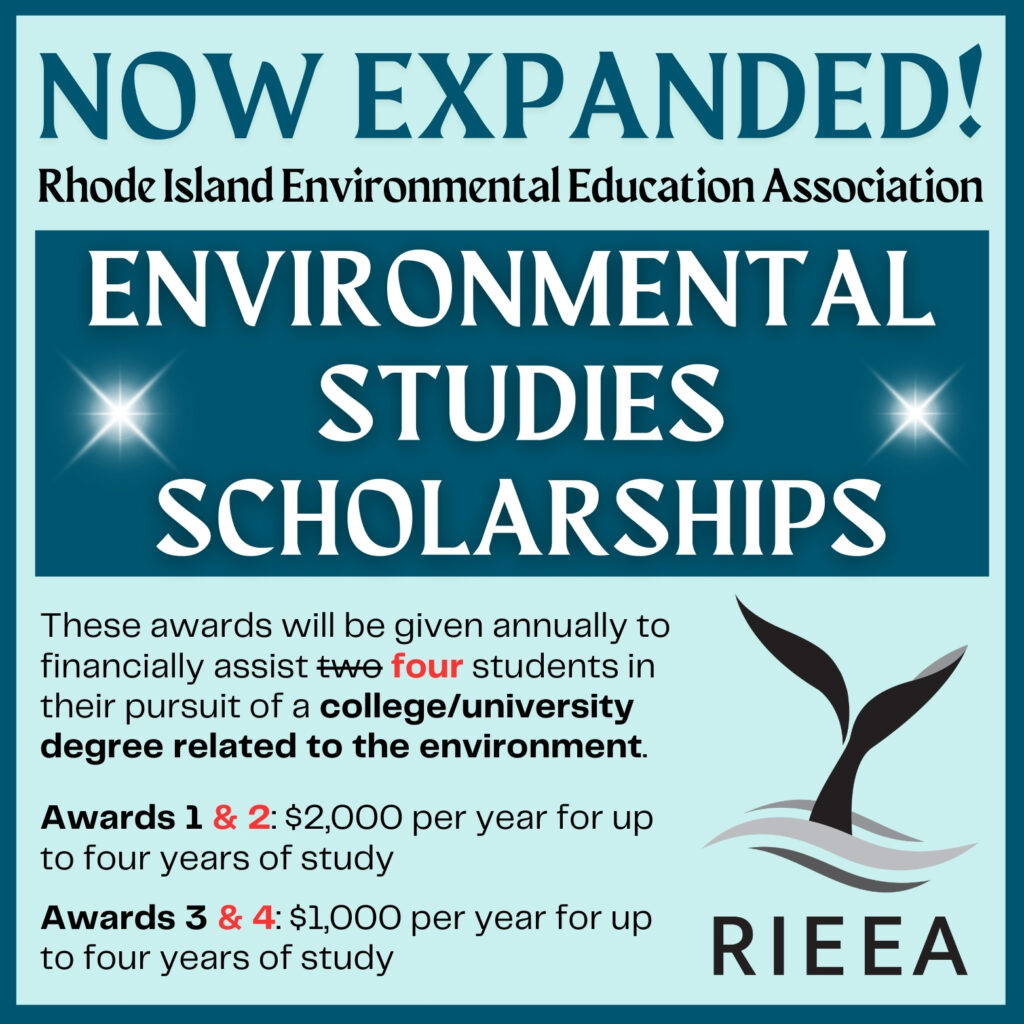It feels like just yesterday I was sitting at my kitchen table, staring at a stack of university brochures. Each one painted a beautiful picture of campus life, groundbreaking research, and a bright future. But then, my eyes would inevitably drift down to the tuition fees, and a cold dread would settle in my stomach. My dream of dedicating my life to protecting our planet, to understanding its delicate balance, felt like it was slipping away before it even began. I wanted to study environmental science, to be a part of the solution, but the financial hurdle seemed insurmountable.
Growing up, I was always the kid who dragged my parents to clean up local parks, who spent hours watching nature documentaries, and who worried about every plastic bag I saw floating in the wind. The world’s environmental challenges – climate change, pollution, species loss – weren’t just headlines to me; they were personal heartbreaks. I knew I couldn’t just stand by. I had to learn, to contribute, to find a way to make a tangible difference. My heart was set on a path that led to preserving our natural world, whether that meant delving into marine biology, working on sustainable agriculture projects, or advocating for smarter environmental policies. The sheer variety of ways one could contribute was inspiring, but the cost of getting there was a constant, nagging worry.
I remember talking to my high school counselor, Ms. Jenkins, about it. I told her, "I want to save the world, but saving the world costs money I don’t have." She just smiled, a knowing look in her eyes. "Have you looked into scholarships?" she asked. I had, of course, but mostly the generic ones, the ones that felt like winning the lottery. I hadn’t considered that there might be scholarships specifically for people like me, people passionate about the environment. That conversation was a small spark, igniting a journey I never expected.
The idea of environmental scholarships, at first, sounded too good to be true. Was there really money out there just for caring about trees and oceans? I pictured stern-faced committees quizzing me on the migratory patterns of obscure birds or the chemical composition of glacial ice. But the truth, as I soon discovered, was far more accessible and, honestly, quite encouraging. It wasn’t about being an expert already; it was about showing genuine passion, potential, and a clear vision for how you wanted to help.
My scholarship hunt began in earnest. It was a bit like being a detective, piecing together clues from various sources. I started with simple Google searches: "environmental scholarships," "sustainability funding," "conservation grants." The initial results were overwhelming, a mix of deadlines long past and criteria that seemed to fit someone far more accomplished than me. But I didn’t give up. I learned to refine my searches, adding terms like "undergraduate," "specific major" (like "marine biology scholarships" or "renewable energy scholarships"), and even my geographic region.
One of the first places I looked was directly through the universities I was applying to. Many institutions have their own dedicated environmental studies departments, and these departments often have their own pots of money for promising students. I remember sifting through the "financial aid" sections of various university websites, specifically looking for departmental scholarships or grants tied to environmental programs. This was often the most straightforward approach, as the university already knew my academic profile from my application. I made sure to highlight my environmental volunteer work and my passion in my university application essays, knowing it might catch the eye of the scholarship committees. It felt like I was already building my case before I even officially applied for a specific scholarship.
Then I branched out to government-funded programs. These were a bit trickier to find, often hidden deep within official government education portals or specific environmental agency websites. I learned that countries, states, and even local municipalities sometimes offer funding to encourage students to pursue fields critical to public good, and environmental stewardship definitely falls into that category. These scholarships often came with specific requirements, like maintaining a certain GPA or committing to working in a particular field for a few years after graduation, but the financial relief they offered was substantial.
My search also led me to a fascinating world of non-profit organizations and private foundations. This was where things got really interesting. I found scholarships from groups dedicated to everything from protecting specific endangered species to promoting environmental education in rural communities. There were scholarships for women in STEM (Science, Technology, Engineering, and Mathematics) fields, which often included environmental sciences. There were foundations set up by environmental philanthropists who simply wanted to support the next generation of eco-warriors. Applying for these felt more personal. Each application required a unique touch, tailoring my story to their specific mission. I wasn’t just applying for money; I was trying to connect with organizations whose values aligned perfectly with mine.
I even stumbled upon corporate-sponsored scholarships. Many companies, especially those involved in energy, agriculture, or manufacturing, have environmental sustainability initiatives. As part of their corporate social responsibility, they sometimes offer scholarships to students pursuing environmental degrees. These often looked for students who could bring fresh ideas and innovative solutions to the challenges their industries faced. It was a different angle, but still very relevant.
My strategy evolved over time. I learned to start early – really early. Scholarship deadlines can creep up fast, and gathering all the necessary documents, writing compelling essays, and securing strong letters of recommendation takes time. I created a spreadsheet, a simple but powerful tool, to keep track of every scholarship I found: the name of the scholarship, the organization offering it, the deadline, the requirements, and a column for my application status. This helped me stay organized and prevent that overwhelming feeling from taking over.
I also learned the importance of reading every single requirement carefully. Some scholarships were for specific majors, others for students from certain backgrounds, or those planning to work in particular regions. Missing even one small detail could mean my application was immediately discarded. It felt tedious at times, but I reminded myself that each scholarship represented a potential step closer to my dream.
When it came to crafting the applications themselves, I learned that authenticity was key. It wasn’t about trying to guess what the scholarship committee wanted to hear; it was about genuinely sharing my story. I remembered one application for a scholarship focused on sustainable agriculture. Instead of just listing my interest, I wrote about my grandmother’s small garden, how she taught me about the cycle of life and the importance of healthy soil. I talked about how I volunteered at a local community farm and saw firsthand the challenges and rewards of growing food responsibly. It wasn’t a grand, academic treatise; it was a personal narrative that showed my connection to the cause.
My personal statement, or essay, became my voice. I learned to show, not just tell, my passion. Instead of saying "I am passionate about environmental conservation," I would write about the time I helped rescue a stranded seabird and the profound impact that experience had on me. I tried to be specific, connecting my past experiences, however small, to my future goals in environmental studies. I researched each organization I was applying to, making sure I understood their mission and values, and then subtly weaving that understanding into my essay. It showed I hadn’t just copied and pasted a generic statement. And of course, proofreading! I can’t stress this enough. I asked friends, family, and even Ms. Jenkins to read my essays. A fresh pair of eyes always caught the typos or awkward sentences I had overlooked.
Letters of recommendation were another crucial piece of the puzzle. I made sure to ask teachers and mentors who knew me well and could speak genuinely about my character, work ethic, and passion for the environment. I gave them plenty of notice and provided them with a brief summary of the scholarship, my resume, and even some bullet points about my accomplishments and why I was interested in the scholarship. This made it easier for them to write a strong, personalized letter.
While GPA and transcripts were always important, I learned that they weren’t the only thing. If my grades weren’t perfect in every subject, I made sure my extracurricular activities, volunteer work, and personal projects demonstrated my commitment and capabilities. For instance, I might not have aced every math test, but my leadership role in the school’s environmental club or my independent research project on local water quality showed initiative and practical skills. My resume became a highlight reel of all my environmentally related activities, big or small.
And then there were interviews. Some scholarships required them. These were nerve-wracking at first, but I quickly realized they were just another chance to show my genuine interest and personality. I practiced answering common questions, thought about how my experiences related to their mission, and prepared a few questions to ask them. It showed I was engaged and serious about the opportunity.
Beyond the financial relief, getting an environmental scholarship brought so much more. It wasn’t just about the money that paid for tuition or books; it was about the validation. Someone believed in my potential, in my dream to contribute to a greener future. That belief was a powerful motivator. It gave me the confidence to push harder, to learn more, and to get more involved.
The scholarships also opened doors to incredible networking opportunities. I met other students who were just as passionate as I was, forging friendships and collaborations that continue to this day. I connected with professors, researchers, and professionals in various environmental fields who became mentors, offering guidance and advice that went far beyond academics. These connections weren’t just about my current studies; they were about building a foundation for my future career. I realized I wasn’t alone in my quest to protect the planet; I was part of a growing community.
Having financial support also meant I could focus more on my studies and less on worrying about how to pay for them. I could dedicate more time to challenging research projects, participate in field trips, and even take on unpaid internships that offered invaluable experience. It allowed me to immerse myself fully in my environmental education, rather than having to juggle multiple part-time jobs just to make ends meet.
Of course, the journey wasn’t without its hurdles. There were times I felt completely overwhelmed by the sheer number of scholarships, the endless essays, and the constant fear of rejection. I received my share of "we regret to inform you" letters, and each one stung a little. But I learned to see them not as failures, but as learning experiences. I would re-read my application, try to understand where I could improve, and then move on to the next opportunity with renewed determination. Perseverance became my most valuable tool. The key was to keep trying, to keep searching, and to keep believing that the right opportunity would eventually come along.
Finding the "right fit" scholarship was also a process of trial and error. Some scholarships seemed perfect on paper but required specific academic backgrounds I didn’t have. Others were for niche areas of environmental studies that didn’t align with my particular interests. I learned to be patient and persistent, understanding that the perfect match might not appear immediately.
My journey through environmental scholarships taught me that the path to a greener future isn’t just about scientific discovery or policy changes; it’s also about opportunity and support for those who are willing to lead the charge. It showed me that there are countless individuals and organizations out there who genuinely want to invest in the next generation of environmental stewards.
So, if you’re like I was, staring at those tuition fees with a knot in your stomach, please know that your dream isn’t out of reach. If your heart beats for the environment, if you dream of clean oceans, thriving forests, and a sustainable future, there are people and organizations who want to help you get there. Start your search early, be organized, tell your authentic story with passion, and don’t be afraid of a few rejections along the way. Every "no" brings you closer to a "yes."
The world needs your passion, your ideas, and your dedication more than ever. Don’t let financial barriers stop you from pursuing a career that can truly make a difference. Environmental scholarships are more than just money; they are an investment in our shared future, a vote of confidence in your ability to help heal our planet. Take that first step, dive into the search, and unlock your own greener future. Our planet is waiting for you.



